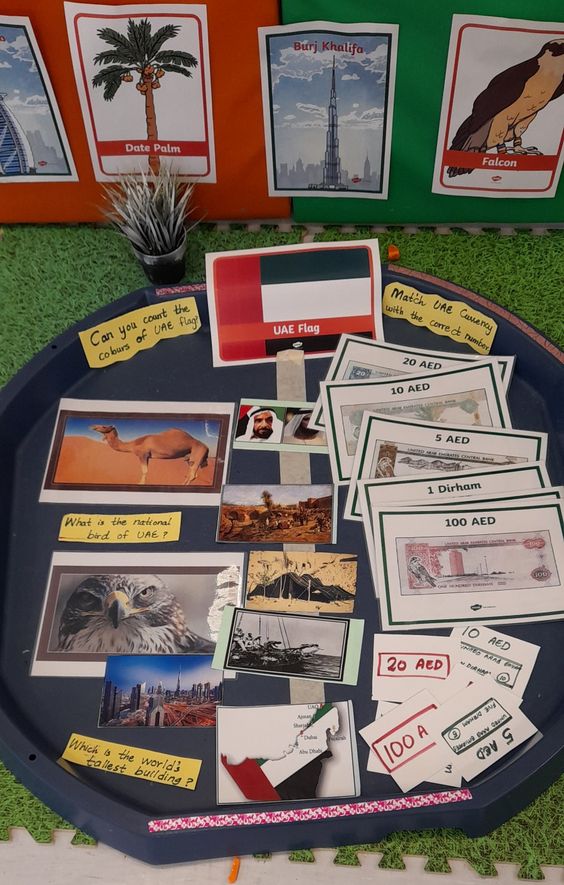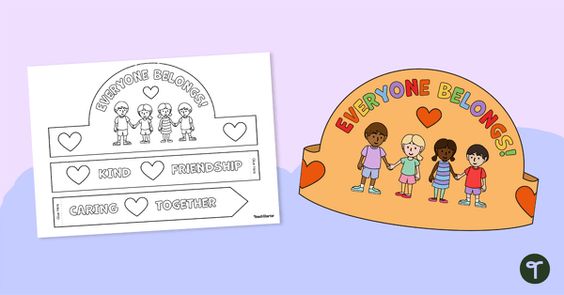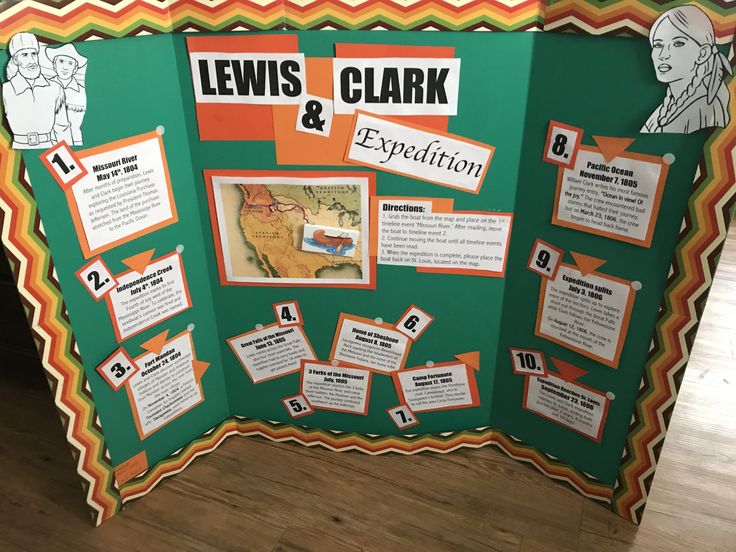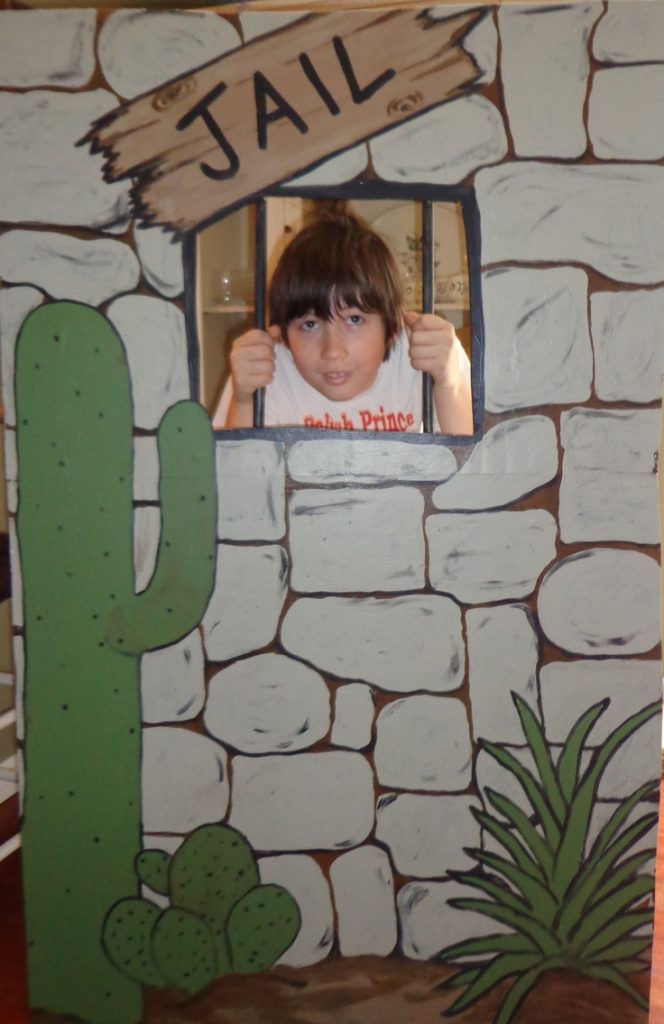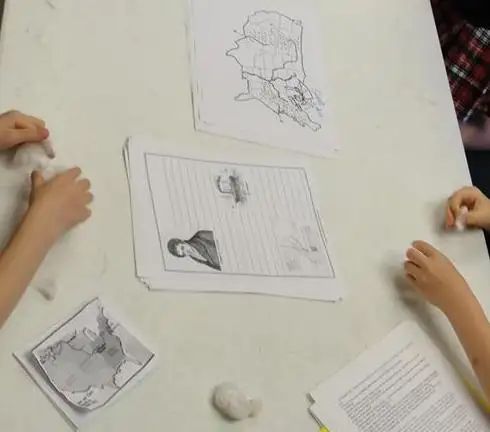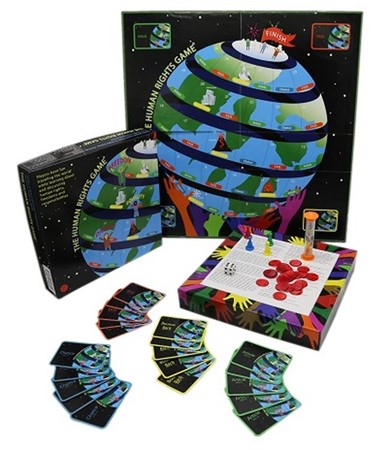First Nations Peoples, the indigenous groups of Canada, have rich and diverse histories and cultures that are an integral part of the nation’s fabric. Incorporating their stories and traditions into educational curricula not only honors their contributions but also enriches the learning experience for all students.
Historically, the education system has overlooked the intricacies of First Nations Peoples’ narratives, often providing a skewed or incomplete picture. However, an increasing number of teaching resources are now available to rectify this gap. These resources provide accurate historical accounts, cultural insights, and perspectives on contemporary issues facing First Nations communities.
One essential resource is the inclusion of primary sources such as treaties, historical documents, oral histories, and artifacts. These materials offer students firsthand accounts of First Nations Peoples’ experiences and their longstanding relationship with the land.
Another vital component is literature written by First Nations authors. These works contribute authenticity to discussions around First Nations histories and cultures. Books like Thomas King’s “The Inconvenient Indian” or Richard Wagamese’s “Indian Horse” offer compelling narratives that resonate with a diverse audience.
Visual resources such as documentary films and photographs can also be powerful tools in the classroom. Series like CBC’s “8th Fire” provide illuminating visuals and commentary on the history and future of First Nations Peoples in Canada. Authentic images capture moments in time and provide a stark contrast to stereotyped portrayals often depicted in mainstream media.
Interactive online platforms offer dynamic ways for students to engage with First Nations histories and cultures. Websites with virtual tours, interactive maps, and databases of traditional languages enable students to explore these cultures actively.
Lesson plans focusing on specific themes such as governance structures, environmental stewardship practices, or traditional ceremonies meaningfully integrate knowledge about First Nations Peoples into subjects like social studies or environmental science.
Educators are also encouraged to collaborate with local First Nations communities when creating curricula. Such partnerships ensure that teaching is not only appropriate but benefits from the wealth of knowledge present within these communities.
Ultimately, it’s crucial that teaching resources reflect the complexity, diversity, and resilience of First Nations Peoples. By adopting a multifaceted approach to education through various resources, educators can contribute to a more inclusive and accurate portrayal of Canada’s history and contemporary society.



